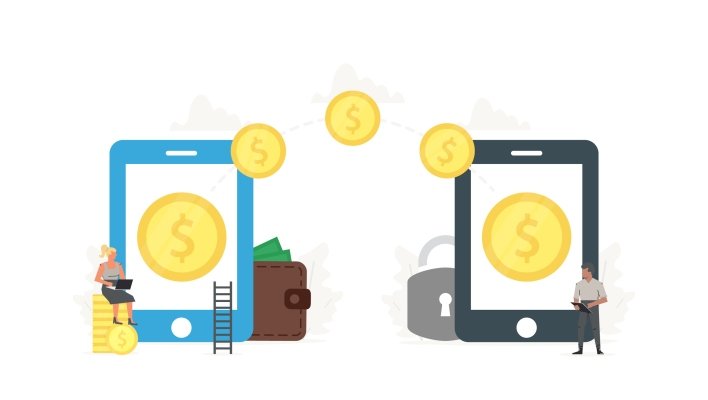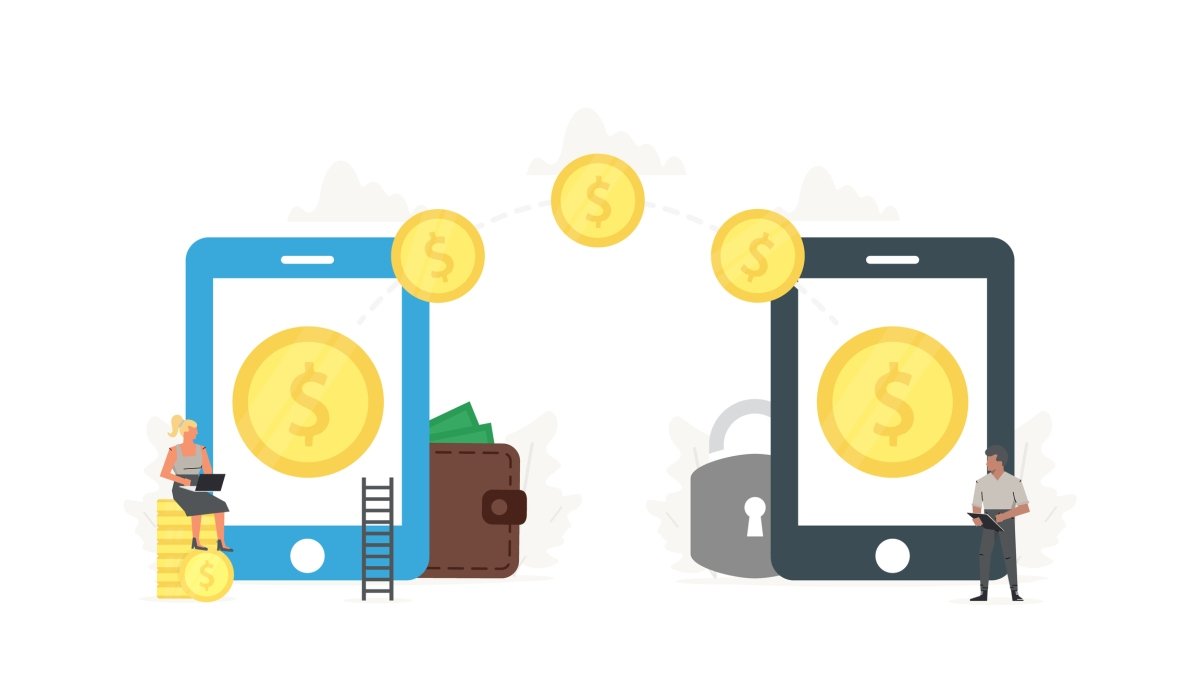
Silicon Valley Bank was an influential payment provider for many smaller companies, which put the bank in a highly vulnerable position when it collapsed in late 2018. This collapse spotlighted the ageing payment rails within the banking infrastructure and demonstrated how susceptible these entities can be to attack. Smaller companies that relied on Silicon Valley Bank were left scrambling to find new banking providers, increasing dependence on centralized entities like PayPal and Visa. The fall of Silicon Valley Bank also raised questions about whether or not banks are prepared for a future in which more transactions are conducted through third-party platforms.
One potential use for a payment rail is to speed up transactions between two parties. For example, a company might send money to a customer who has made an order. Rather than waiting for the customer’s bank to process the payment, the payment rail might move the funds so that they can be processed more quickly. This could shorten the time it takes for an order to be fulfilled.
It seems that Airbase was one of the companies that had to scramble to help its customers make sure their payroll and vendor payments were able to resume, as well as remain secure. With all of the recent cyberattacks happening, it is important for companies to have a plan in place in order to minimize any potential losses.
Despite the many different payment rails currently available in the United States, it is unlikely that we will see a new contender take over soon. For one, it takes years and millions of dollars to build a new rail-based payment system, and there are already plenty of those available. Additionally, few people use these newer systems- people instead mostly rely on their bank accounts or mobile apps like Venmo. Thus, it’s likely that we’ll continue to use our existing payment rails for some time to come.
Decentralized finance rails built on the blockchain could provide a more secure and efficient way to move money around the world. They would also be less susceptible to aging payment rails, which is expected to become increasingly a problem in the future.
The FedNow Service is a real-time payment rail that promises faster transfer times for financial institutions. It’s set to launch in July and could provide a more efficient way for people to move money between banks. This innovation may help to attract new customers and grow the industry overall.








